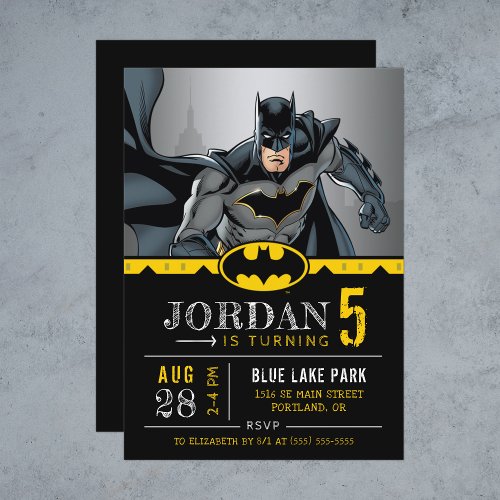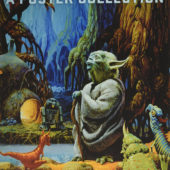



Attention all adventure-starved, action-crazed moviegoers: kennel the cat, wreck the robot, and step on that spider. This summer’s best action hero is not Catwoman, Spider-Man, or a CGI robot – it’s just a dude named Jason Bourne!
Matt Damon is back to reprise his role from the widely popular The Bourne Identity as Bourne – a former CIA operative trying to regain his memory. Again, he must determine why the world wants him dead. Based on the second novel from Robert Ludlum’s series, The Bourne Supremacy begins in India where Bourne and his girlfriend Marie (Franka Potenta) are living a new life off the radar. Bourne continues to deal with a series of disjointed nightmares that offer vague pieces of a prior life he does not remember.
Meanwhile, across the globe in Berlin, senior CIA agent Pamela Landy (Joan Allen) leads a covert operation that fails miserably, leaving two CIA field agents dead. Jason Bourne is the chief suspect. We learn that the Russian mob is framing Bourne for the hit they performed and that they’re headed to India to kill him. Landy quickly assembles her team of intelligence experts, including Bourne-profiler Nicky (Julia Stiles) and CIA brass Ward Abbott (Brian Cox). With the CIA hot on his trail and a driven Russian assassin prepared to take him down at any cost, Bourne has no other choice than to run.
Bourne darts across Europe and Asia with ease, eluding his bounty in India, Naples, and Berlin. All the while, he finds time to investigate who he is and why things are happening. Each stop is punctuated by a thrilling chase sequence that becomes increasingly intricate and equally impressive as the film progresses. The exhaustive, edge-of-your-seat chase finale on the streets of Moscow where Bourne first outruns his pursuers on foot and then by driving a cab rivals any pursuit I’ve seen in recent memory.
Unfortunately, much like its predecessor, Supremacy’s only real failing is its muddled and confusing plot about CIA cover-ups, espionage, and a Russian politician. I’m sure there’s a cohesive story somewhere in this mess (which a rewrite would have clarified), but it’s not completely necessary to figure out. The plot only exists to give a tangible palette on which to paint the action scenes. There are however welcome moments that offer small clues to Bourne’s true identity, thus whetting our appetites for the final installment (The Bourne Ultimatum) where we will learn the ultimate truth about him.
While Supremacy’s plot is just as jumbled as other action pictures, it is able to sustain itself and standout from the rest because of Tony Gilroy’s highly intense and literate script (he also adapted the first film). Damon, Allen and Cox all give credible and compelling performances. Once again, Damon is exceptional as Bourne. His performance is not flashy or one-dimensional like most action heroes; rather, Damon is complex, rational, and cognitive. His ability to make intelligent, split second decisions keep the action fresh and unpredictable. In the few quiet scenes, it is a marvel to watch Damon’s mind work.
British director Paul Greengrass proves to be an excellent choice to succeed Identity’s Doug Liman. Greengrass uses the same effective hand-held camera technique from Bloody Sunday to create a more heightened sense of urgency than in the first Bourne film. Greengrass also dazzles in moments of subtlety. He seamlessly bridges the two films without showy introductions, or extended epilogues. Supremacy begins as if we’d just finished watching the final scene of Identity fade out and Supremacy’s fade in with the first scene in the Indian village.
Supremacy is the most fun you’ll have in theaters this summer.
Review by David Levine © 2004 filmcritic.com

















![NBC Affiliate Studio Los Angeles (October 1946) Photo [221010-17]](https://www.filmfetish.com/img/p/2022/10/221010-17-nbc-studios-19x13-web-170x170.jpg)
![John Wayne and Constance Towers on the set of John Ford-directed 1959 film The Horse Soldiers Photo [220110-0001]](https://www.filmfetish.com/img/p/2022/01/220110-0001-11x85-web-170x170.jpg)
![Deathsport Actress Claudia Jennings Publicity Photo [221116-13]](https://www.filmfetish.com/img/p/2023/02/221116-13-claudia-jennings-85x11-web-170x170.jpg)
![Gentlemen Prefer Blondes Actress Jane Russell Publicity Photo [230215-16]](https://www.filmfetish.com/img/p/2023/02/230215-16-jane-russell-85x11-web-170x170.jpg)














































![Fantastic Four No. 3 Marvel Comics Action Hour (January 1995) [A93]](https://www.filmfetish.com/img/p/2020/08/fantastic-four-comic-a93-01-170x170.jpg)

![The Mammoth Book of Best War Comics (2007) Will Eisner [279]](https://www.filmfetish.com/img/p/2020/08/best-war-comics-0279-01-170x170.jpg)



